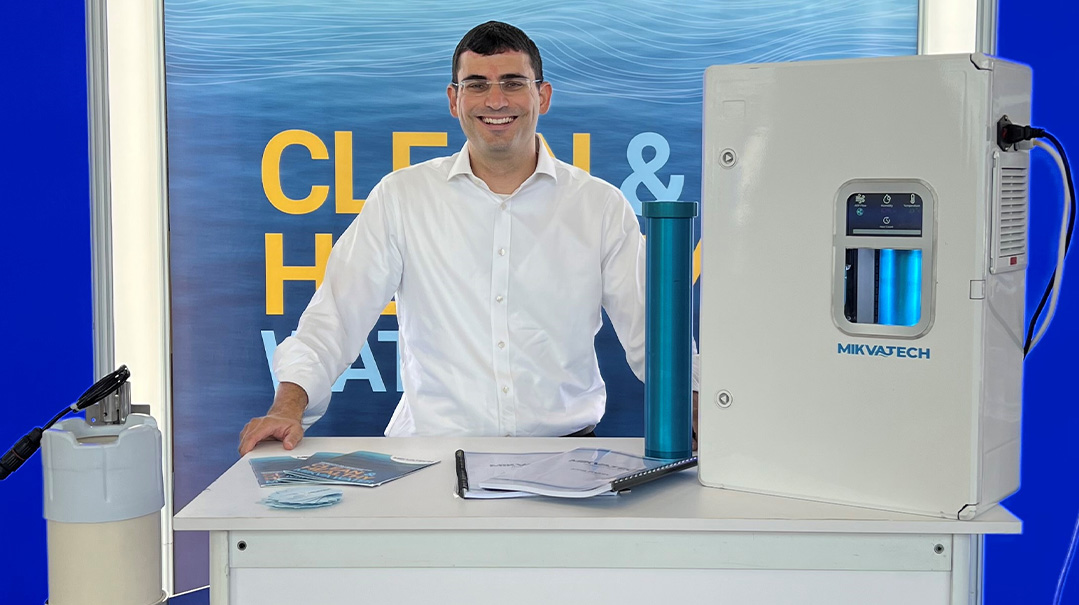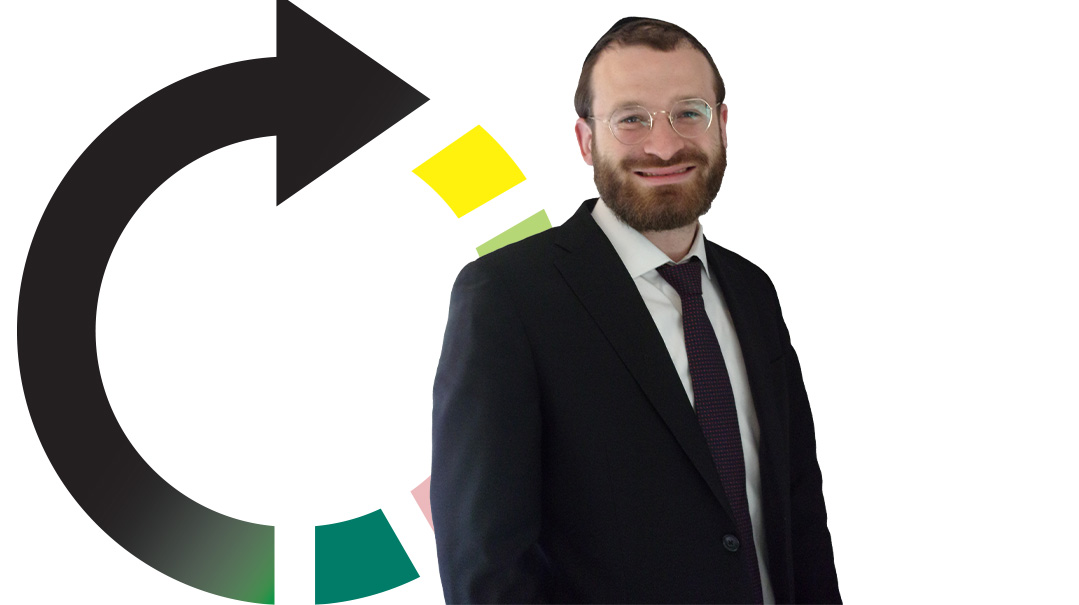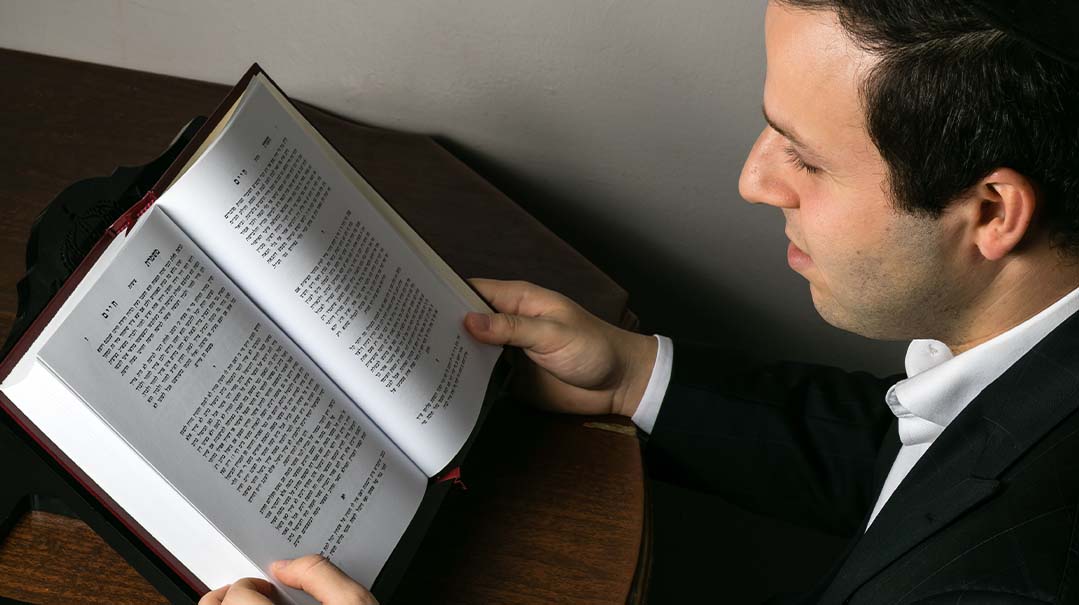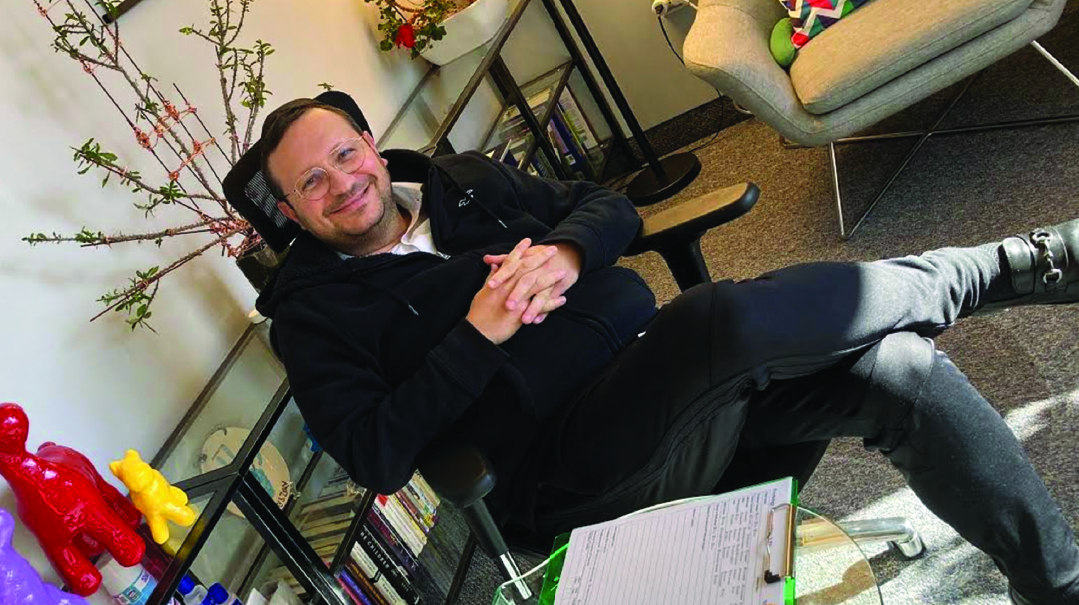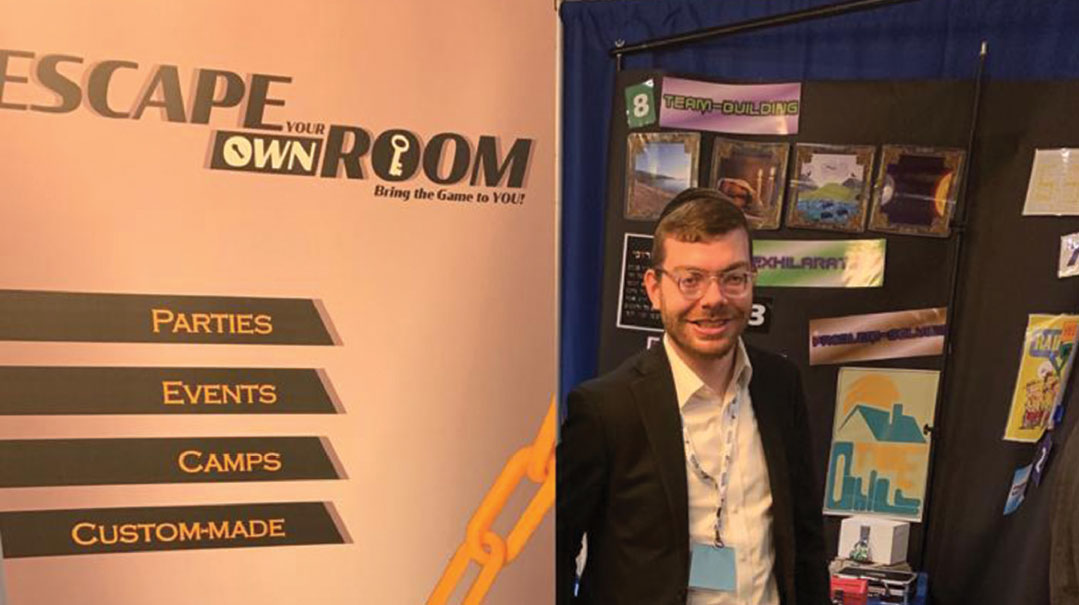Day in the Life of Chaim Lubimzev

Chaim Lubimzev is the owner of Simcha Dance Academy in Toronto, Canada
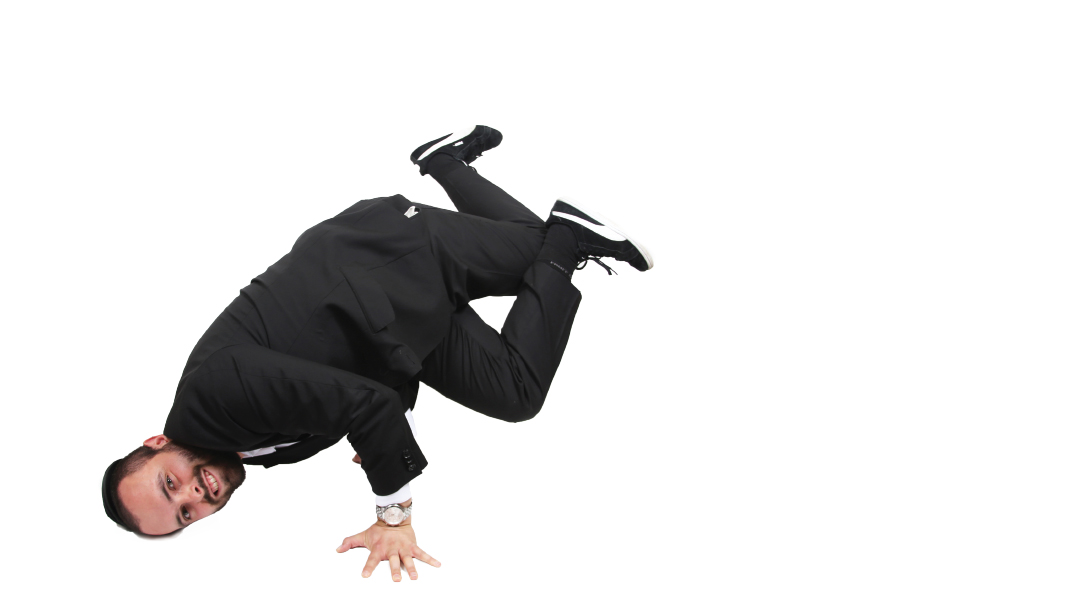
What I do
I teach break dancing to frum boys and yeshivah bochurim.
What that means
Break dancing is a dance form that incorporates aspects of dance, acrobatics, gymnastics, and martial arts. It developed in the late ’70s in the Bronx, and you might see break-dancers on the subway or in Manhattan around Times Square doing flips and spins and headstands on cardboard. It’s not usually associated with yeshivah guys, but it’s a lot of fun to do and it’s very entertaining at simchahs!
My clientele
Mostly yeshivah bochurim who are looking for an extracurricular activity, as well as younger kids who need an outlet. I also get calls from chassanim and fathers-in-law who are looking to do a dance during the wedding, and I do workshops in schools and day camps.
How I got started
When I was 13, a classmate told me there were professional dancers practicing at a youth drop-in center inside a Toronto mall. I started attending weekly and slowly picked up some moves. After about a year, one of the professionals, Joseph, told me he was starting new practice sessions on the other side of the city and asked if I wanted to join. It was a long commute for me, but I accepted his offer because I thought I’d get more individualized attention from him. And I did!
And how I started teaching others
My first break at teaching was when Joseph asked me to help him at a practice session. Eventually I was hired by the city of Toronto to teach a class on the east side of the city, which I did for about two years, while I was in university. When I went to yeshivah, I advertised break dancing classes. A few people called to ask if I could teach their kids or do a workshop in a yeshivah, and it snowballed from there.
Competitive streak
When I was 16, Joseph, who was a member of Canada’s top break dancing group, invited me and another dancer-in-training to compete with his group Supernaturalz in a break dancing competition in Rochester. We ended up tying for first place, and they asked us to officially join the “crew.” In November 2005, we represented Canada in an international competition, the Red Bull Beat Battle. It was a big deal, I traveled to England for it! I competed regularly for the next few years, in group competitions and solo.
A new direction
I started becoming more religiously observant when I was 18. I began doing workshops for different Jewish organizations and performed regularly at Purim parties and other functions. In late 2006, I was asked to represent Canada in a competition in Korea as the group’s reputation gained traction. I declined because I was keeping Shabbos at that point, and the competition was on Shabbos day. My last show with the Supernaturalz was in March 2007, and that Elul I went to Ohr Somayach Monsey. I was there for three years, and while I was there, I performed at weddings, bar mitzvahs, sheva brachos, and other simchahs, and I gave private lessons.
My favorite move to teach
Either a mini-swipe or a backspin. They’re both fairly easy to teach but look complicated when performed, so the student feels accomplished because they can do something that looks impressive.
…and to do for a chassan and kallah
A no-handed windmill, because it looks entertaining and requires only one type of a motion, so when I do it, I can also give myself a breather after the whole routine.
Break dancing by DVD
A few years ago, I decided to create an instructional DVD that goes through different moves and explains on-screen how to do them. I produced my first instructional DVD, Break Dancing Basics, for Chanukah of 2018. It covers 35 basic, intermediate, and advanced moves, and also has a section on tips for beginners. I’m almost finished with Volume 2, it should be coming out after Succos, and I plan to start working on Volume 3 Pesach time.
What I tell beginners
Most important is don’t give up on a move if you’re having a bad day. It’s happened to me several times when practicing a move that it just wasn’t working out for some reason or another. I found that if I left it and tried again a different day, it was much easier. Also, be creative! Break dancing is an art form, and in art, there’s no limit to creativity. Feel free to experiment with different ways of performing moves and different combinations of moves. You might be mechadesh something!
Most memorable reaction to what I do
The most common response I get is disbelief; someone in a black suit and white shirt who’s break dancing isn’t a familiar sight. But after they see me dancing at a wedding or watch my videos, they change their minds!
Staying on track
When I turned 30, I wasn’t sure if I should be dancing anymore — my schedule was busy and I had some other things going on. Part of me still wanted to dance, and I knew there were people who could benefit from learning to break dance, but I wasn’t sure whether it was time for me to retire. Rav Yaakov Asher Sinclair from Ohr Somayach in Yerushalayim told me that he heard from Rav Avraham Edelstein that Rav Shlomo Wolbe used to tell people with an artistic bent who felt they needed to express themselves that they shouldn’t suppress those feelings, because art is an expression of the neshamah, and suppressing it will lead to negative consequences. He said the best way to do it is to find a kosher way of using that talent or art form. Thanks to his advice, I kept dancing!
In Brief:
Day job: I work full-time as the Operations Officer at Chai Lifeline Canada; break dancing is a side gig for me.
Occupational hazard: I’ve had minor injuries like a twisted ankle and carpet burns, but nothing serious baruch Hashem.
Equipment I always have on me: My dance shoes — black Puma Suede Classics. Having the right footwear makes a really big difference.
Best music for break dancing: Chasunah music is pretty good — the beats are so fast, you can dance to them at any rhythm. Also, plain drumbeats are good because they have an upbeat sound and are easy to dance to.
Most common question I get: “Did you go to college for this?”
(Originally featured in Mishpacha, Issue 781)
Oops! We could not locate your form.







